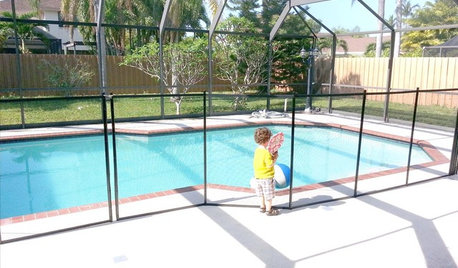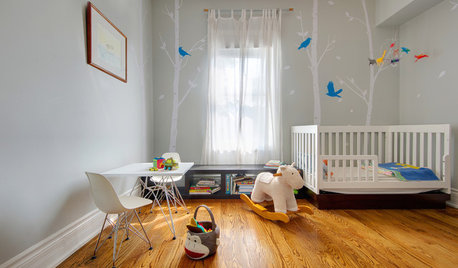Often when planning a DIY project, careful consideration is given to the tools, equipment, and supplies required, as well as the best route to take to achieve a certain goal. However, just as much thought should be put into safe working practices. This is particularly true when working with and around the home's electrical system. Regardless of the type of project, safe working practices are essential for everyone to be able to enjoy the fruits of your labors.
Keep in mind that no list of safe practices is all-inclusive as every project can present its own, unique, hazards. While using the following list as a starting point, take the time to evaluate the project and identify any other potential hazards that may affect you or others in the area. Also, if unexpected conditions arise or if you are unsure how to proceed, take a moment to step back and re-evaluate the situation. Either take the time to find the right answers or call someone qualified to help you.
-------------------------------------
Treat all circuits like they are hot until you can prove otherwise.
Always turn off the electricity when you work on a circuit or device.
Buy a reliable device to test for voltage. Use it on a known hot circuit to make sure it is functioning properly before you begin work. Test after you turn the circuit off, test again before touching any wires or device parts, and test again if you leave the area for a few minutes.
After your voltage test tells you wires - all wires, not just 'hots' - are dead, try shorting them to ground with a big screwdriver. Now you can touch.
If you must have the electricity on to check something after you remove it from a box or enclosure, turn the electricity off while you remove it.
If you aren't in sight of the disconnect for the circuit you are working on, you should notify everyone in the area of your intentions before beginning work. Also, a lock should be applied to the breaker or panel cover after you have de-energized the circuit. If this is not possible, you should at least "tag it" so that others will not re-energize the circuit you are working on. Some suggestions include a large explanatory sign on the panel cover and breaker, as well as putting a piece of red tape across the breaker in the OFF position.
Wear rubber soled shoes when working around electricity. Additional protection can be had with ceramic-toed (not steel) boots and standing on a rubber "welcome mat".
If you aren't using one of your hands for something while testing or working on a circuit, the best place for it is in your pocket.
As much as you can, when working around electricity, stay away from things that can ground you, such as metal pipes, sinks, and water.
GFCI's (Ground Fault Circuit Interrupters) should not be bypassed or removed any time they are installed on power tools, portable appliances, and other equipment. Removing these devices places the user and possibly others at the risk of injury or death. Also, when using electrical equipment outdoors or in wet locations, power should be obtained from a GFCI protected receptacle. If one is not available, an inline cord mounted GFCI unit should be used.
Work alert! When you are tired you make mistakes. If you are tired, rest. Coffee and caffeine are not substitutes. If it seems too much trouble to tuck in your shirt just now, you are probably too tired to work safely.
Work neatly. Keep your clothes tucked in. Keep track of your tools. Keep your work area around your feet clear of tools and trash. Demand that others do not clutter your space. Do neat work and later it will be easier to test and track.
Have a buddy system. Do not work in an attic or other confined, twisty space without someone working with you who can call for help. Even if working in a comfortable, upright situation, make sure that someone always knows where you are.
Wear eye protection. Especially when using power tools, striking tools, and working around energized equipment.
Work safely on ladders by not overextending yourself. The adage "keep your belt buckle between the ladder rails" is a good one to follow.
Have adequate lighting. Whether it is flashlights or worklights and extension cords, make sure you have everything on hand before you begin working.
Inspect your tools and equipment before use. You should always check electrical devices, tools, cords and ladders for signs of defects or damage before using them.
------------------------
A big Thank You to ItsUncleBill for getting this list started and also to Harmon_Killebrew, Sangan, Measure_twice, and Keast for their help.













Related Discussions
Electric soil testers, do they work?
Q
How do I remove this electrical box?
Q
Voltage Tester (New to Electric, please assist for safety)
Q
Is it safe to paint an electric meter box?
Q